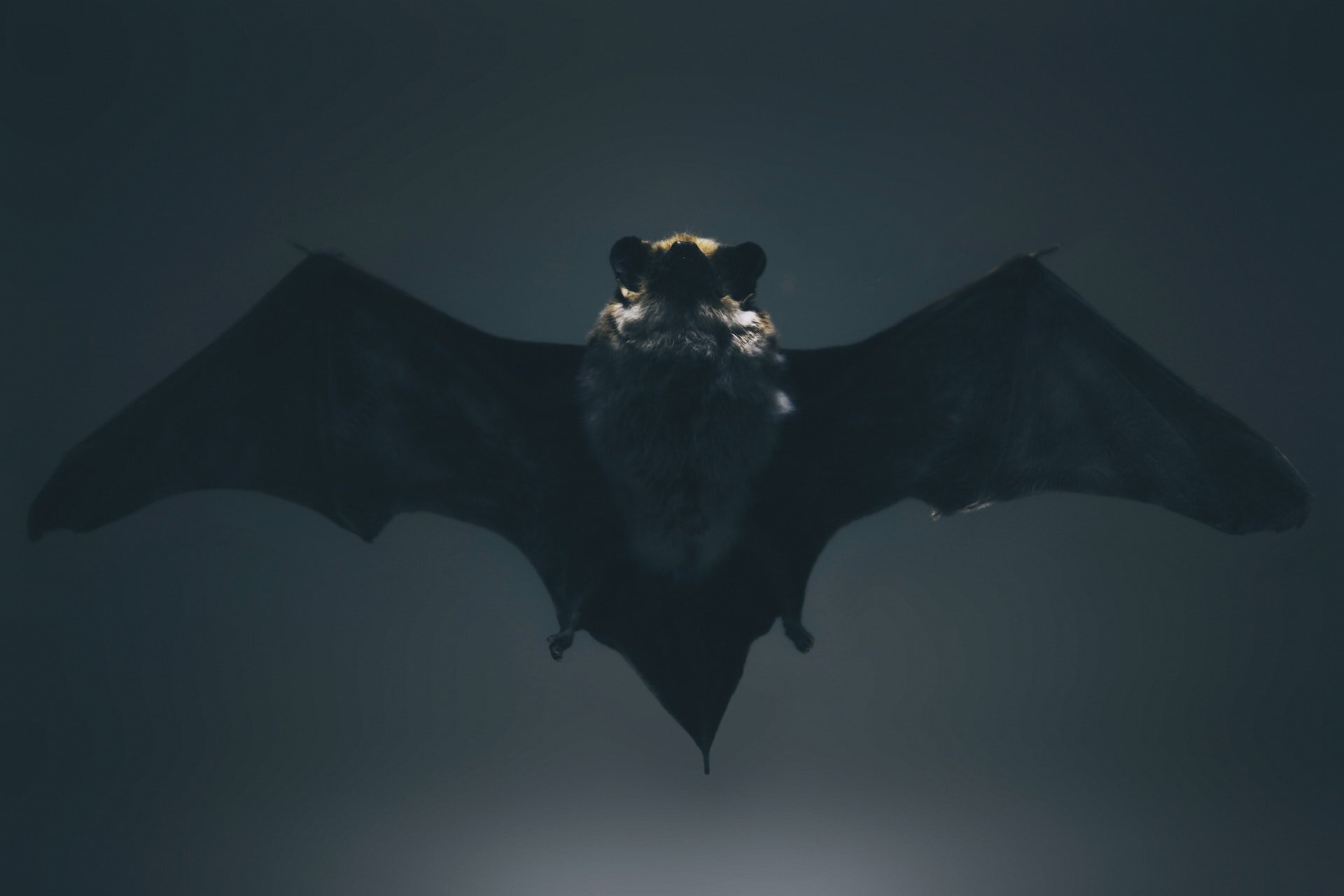
Bat Eviction Services
No more bats in your belfry!
Southern New Hampshire is home to eight species of bats; all of which are listed by the NH Fish & Game Department as “species of conservation concern”. While bats are certainly a beneficial species, their waste deposits in attics, wall voids, chimneys, and other areas of your home pose significant health risks. Additionally, the potential for roosting bats to access the living spaces of your home is possible and common in New England.
Monadnock Pest & Wildlife’s bat eviction services employ a non-lethal approach to evicting roosting bats from your home, and professionally seal identified entry points to prohibit re-entry.
Additionally, we offer the installation of beneficial bat houses on your property (for homes and locations that qualify).
Contact us for a quote or inspection to safely remove your resident bats!
The Most Common species of bats we handle:
Little Brown Bat (Photo | Getty)
Little Brown Bat (Myotis lucifugus)
The little brown bat was found abundantly throughout New Hampshire until about ten years ago, when a fungal outbreak known as White Nose Syndrome imperiled the species. Little Brown’s tend to migrate to a hibernaculum (cave system or other natural dwelling for group hibernation) during the winter months. These hibernacula are comprised of mines in New Hampshire, and caves and mines in Vermont, Massachusetts and New York.
Little brown bats tend to roost in barns, attics, and other outbuildings during the summer. Male species and females tend to roost apart. The females gather into maternity colonies. These bats prefer hot spaces, such as right under a house roof. These increased heat temperatures from the roof aids in pup growth in maternal colonies. Breeding occurs from September to October but the female stores the sperm for fertilization in the spring. The young are born from mid-June to early July. Bats are insectivorous, with a diet that includes many kinds of insects including beetles, flies, and moths.
Size: 2 1/2 - 4"
Weight: 1/8 to 1/2oz
Wingspan: 8.5 – 10.5 inches
Lifespan: 20 to 30 years
Commonly Found: Attics, barns
Big Brown Bat (Photo | USFWS, Ann Froschauer)
Big Brown Bat (Eptesicus fuscus)
Big brown bats are more common than their little brown counterparts, and can be found throughout all forest types in New Hampshire. They can be commonly observed foraging over wetlands, streams and open areas including in suburban and urban landscapes.
Big brown bats will access many kinds of buildings for roosting. Unlike Little Browns, Big brown bats are more common to overwinter (hibernate) in attics and other heated structures. They will also use tree cavities, caves or mines for hibernating. Bats are insectivorous, with a diet that includes many kinds of insects including beetles, flies, and moths.
Big brown bats are also susceptibe and impacted by White-Nose Syndrome, but their populations appear to be more stable than Little Browns.
Size: 4.3–5.1 inches
Weight: 0.53–0.92 oz
Wingspan: 12.8–13.8 inches
Lifespan: 6.5 years, with some aging 20 years
Commonly Found: Attics, barns, hollow trees, forests, wall voids
Other species of bats found in New Hampshire include:
Eastern red bat
Silver-haired bat
Northern long-eared bat (federally threatened and state endangered)
Tricolored bat (state endangered)
Hoary bat
Eastern small-footed bat (state endangered)
Give us a call:
(603)-784-5828
Not much of a phone talker?
Send us a message and we’ll respond to your inquiry shortly.
We check our email messages promptly!



